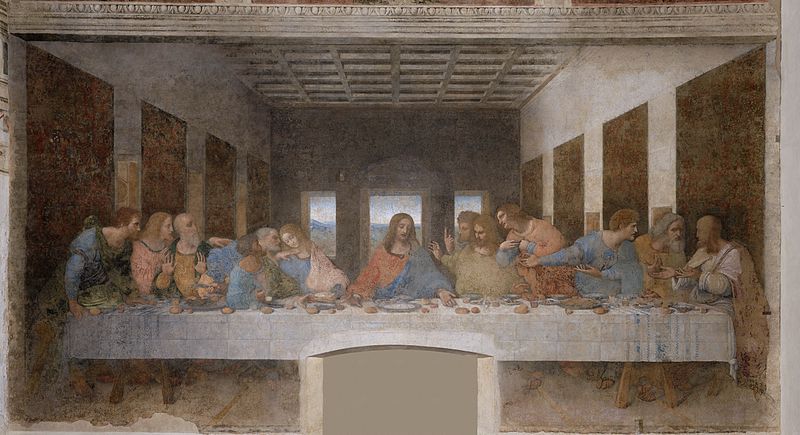Reflections on Swann’s Way at 100
A CENTURY has passed since the publication of Swann’s Way in 1913, the first seven volumes that comprise Marcel Proust’s magnum opus, In Search of Lost Time.
MoreA CENTURY has passed since the publication of Swann’s Way in 1913, the first seven volumes that comprise Marcel Proust’s magnum opus, In Search of Lost Time.
More
AT A TIME in the 1970s when talk at the playground was of the sex scene on page 36 of The Godfather, I was perpetually reading page 47 of The City and the Pillar by Gore Vidal.
More
This is what has become the stuff of legend for many gay men. While the queerness of Davis’ stardom has been deconstructed post-structurally for ages, what has been neglected are the subliminal subtexts of some of her pictures pertaining to the closet. In the case of Edmund Goulding’s 1939 Dark Victory, we can see Davis as one of the first women to struggle onscreen with the coming out experience.
More
I’M LOOKING at 25 photographs of retired, wrecked masters of the sea, ocean liners laid up and languishing in disuse and decay. These photographs, from Stranded: The Twilight of the Ocean Liner: Photographs by Martin Cox, at the Los Angeles Maritime Museum, illustrate the reverse velocity of technology, steely in these old ships …
MoreTHE QUEEREST SHOW on Broadway in the summer of 2012 didn’t feature drag queens, buff chorus boys, or lesbian love songs. Instead, audiences attuned to the codes of same-sex relationships may have been surprised to find the delightful zing of transgression in an old-fashioned chestnut about the love between an amiable alcoholic and a six-foot-tall invisible rabbit.
More
IN 2003, the controversy over The Da Vinci Code by Dan Brown arose from, among other things, the book’s claim that the Catholic Church encodes forbidden knowledge in its images. An instance of this secret practice is supposedly how, in Leonardo da Vinci’s The Last Supper, there appears to be a blonde female figure seated at Christ’s right that we have always mistakenly accepted as John the Evangelist. Brown’s novel posits that the figure is really Mary Magdalene …
MoreONE SPRING DAY in 1922, Virginia Woolf saw her friend E. M. Forster, then 43, on a London street, and later wrote in her diary: “The middle age of buggers is not to be contemplated without horror.” What would she think of Wendy Moffa’s much-praised biography of Forster, A Great Unrecorded History (2010), with its focus on her friend’s sexuality? …
More
Rubinstein founded her own ballet company, Les Ballets de Madame Ida Rubinstein, in 1928. She starred in each of her shows, commissioning new ballets, scores, and costumes from all the artists with whom Diaghilev collaborated: Ravel, Stravinsky, Bakst, Fokine, Leonide Massine, and many more. Her shows drew crowds, and …
More
TOWARD THE END of the 1977 documentary Word Is Out: Stories of Some of Our Lives, Pat Bond remarks that “one of the depressing things about lesbians being accepted is that we lose our sense of the ‘in’ group, the adventure of being different in a straight world.”
MoreThe literary genesis of Cabaret begins, of course, with Christopher Isherwood’s Goodbye to Berlin (1939) and The Berlin Stories (1945).
More